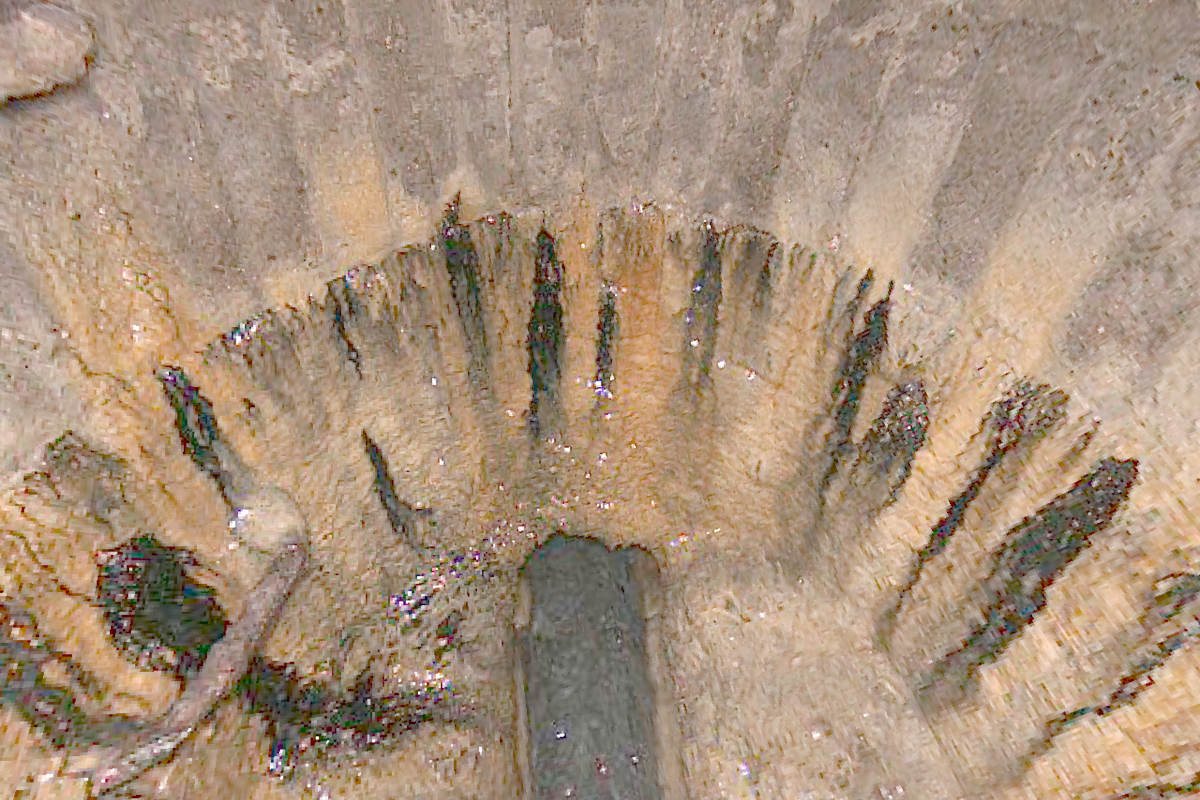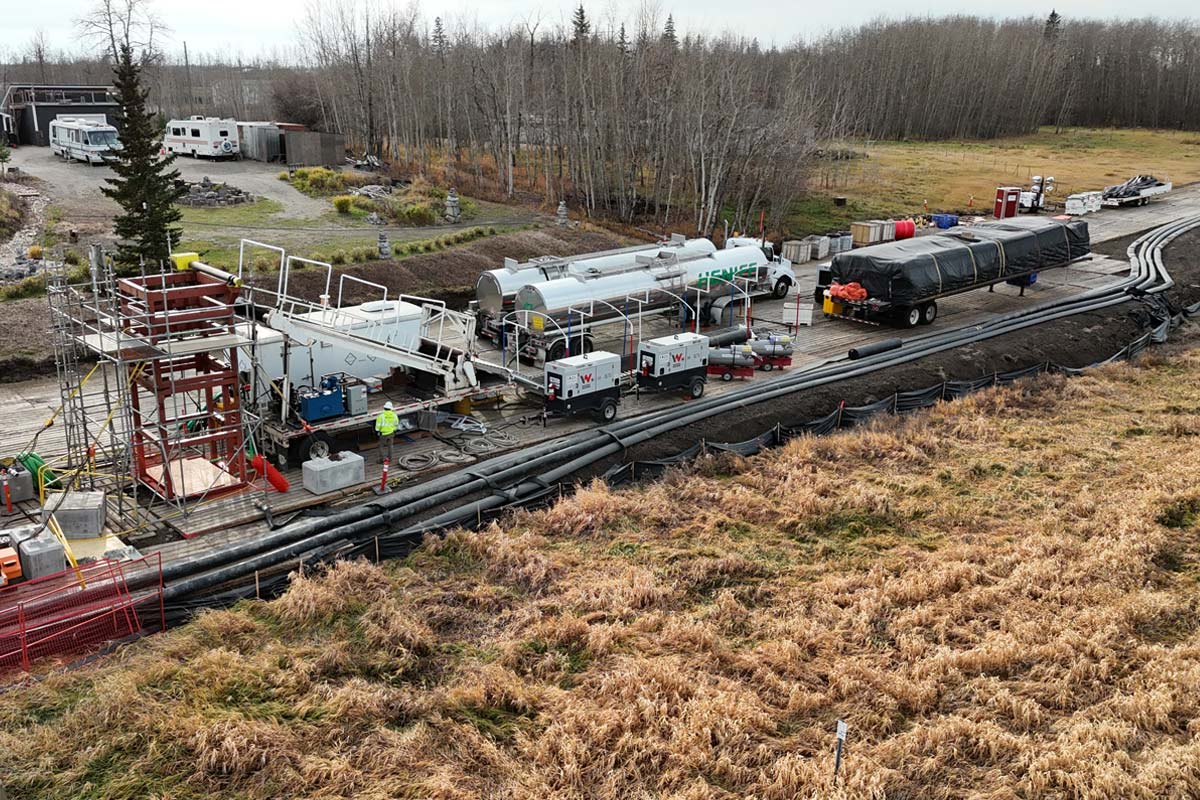
How to Optimize Manhole Inspections and Assessments
6 Key Strategies for Successful Manhole Inspections
Manholes are designed to be overlooked, blending seamlessly into their surroundings, but they play a vital role in sewer system management. These access points serve as gateways to the underground infrastructure that keeps communities operating smoothly. Regular inspection and maintenance of these subterranean systems by experienced professionals is essential to identifying issues early, before they cause service disruptions or unexpected costs. Whether conducting a general evaluation or adapting for a specific project or concern, it’s crucial to approach the process with a focused strategy.
These six strategies will help you address common challenges, increase efficiency, improve safety and ensure the system’s longevity.
Define Your Objectives
Every successful inspection begins with understanding what you want to achieve. Are you focusing on structural integrity, identifying operational issues, or looking for signs of inflow and infiltration (I/I)?
Having clear goals allows your team to target specific areas and avoid costly repeat visits due to overlooking critical details.
For example, if your aim is to identify structural damage, prioritize inspecting visible cracks, corrosion, or signs of failure. On the other hand, if you’re targeting I/I, focus on joints, seals, and evidence of external water infiltration.
Defining your objectives streamlines your workflow, ensuring your team gathers all actionable data needed. This is also the ideal time to review historical inspection records and maintenance logs to pinpoint recurring issues or areas of concern.
Prioritize Preparation
Planning is often the most underrated step in the inspection process, but it’s essential for both safety and optimization. Manholes are often located in risky environments – from busy roadways to confined spaces – each site presents unique challenges that require careful organization.
Checklist for effective preparation:
- Confirm access: Verify the location and ensure you have any necessary permits. Inaccessible manholes can delay inspections, increasing costs.
- Coordinate traffic control: For manholes near roadways, arrange signage, barriers, or flaggers to maintain a safe environment for your team and the public.
- Prepare equipment: Double-check that all tools, such as gas detectors, PPE, and lifting devices, are in good working condition.
- Conduct a safety briefing: Ensure all team members understand any site-specific hazards and confined space safety protocols.
This groundwork not only saves time and resources, but it also helps mitigate surprises in the field, such as equipment failures or unforeseen site conditions.
Use Technology to Enhance Safety
Technology has transformed the way manhole inspections are conducted, making them safer and more effective. By integrating advanced tools into your practice, you can gather detailed data while reducing the need for physical entry into dangerous spaces. Additionally, many municipalities now use data from these technologies to create predictive maintenance schedules, spotting issues before they become critical.
Current technology options:
- High-resolution cameras: Capture quality images of internal structures and identify cracks, leaks, or blockages, without requiring full entry.
- Sonar and laser profiling: Assess sediment buildup, deformation, and structural defects with high accuracy.
- GIS mapping systems: Review digital maps beforehand to identify problem areas and plan your route effectively.
- Robotics and drones: Perform inspections remotely, particularly for hazardous or deep manholes, reducing risk to your team.
While technology can simplify inspections, it’s essential to use these instruments in coordination with rigorous safety protocols.
Focus on Structural Components
Structural integrity is the foundation of any active sewer system. During your inspection, prioritize a thorough evaluation of the framework itself to detect potential vulnerabilities.
What to look for:
- Walls and joints: Cracks, spalling, or corrosion, all signs of structural weakness, may require immediate attention.
- Frames and covers: Check for proper alignment, cracks, or damage that could compromise safety or functionality.
- Base and benching: Water infiltration, erosion, or missing materials in these areas can lead to further deterioration and operational issues.
- By addressing foundational issues early, your community can make repairs before conditions deteriorate further, potentially saving thousands of dollars in emergency repairs.
Assess Operation and Maintenance Concerns
While structural integrity is critical, don’t overlook operational and maintenance-related problems. These can impact your system’s performance just as much as structural damage.
Common issues to monitor:
- Debris and sediment: Accumulated materials can obstruct flow and create upstream backups.
- I/I: Excess water entering the system from faulty seals, leaks, or external sources can increase treatment costs and overwhelm capacity.
- Roots or blockages: Tree roots and other obstructions can damage pipes and block flow.
- Be sure to document these issues separately; distinguishing between structural and operational concerns will help to prioritize repairs and allocate funds effectively.
Keep Detailed Records and Photos
Not to be forgotten, thorough documentation is the backbone of effectively managing your assets. Inspection findings will help track trends, budget for repairs, and plan future inspections, highlighting the need for accurate and detailed recordkeeping.
Best practices for documentation:
- Use consistent formats: Whether you’re using paper forms or digital software, consistency ensures your records are clear and comparable over time.
- Capture photos and videos: The importance of visual documentation cannot be understated. It provides undeniable evidence of issues and helps stakeholders understand the severity of problems. • • Take photos from multiple angles and include a scale reference (like a measuring tape or ruler).
- Update asset management systems: Incorporate findings into GIS or asset management platforms to track the condition of each structure over time.
Protect Your Assets with a Proactive Approach
Manhole inspections require more than just technical expertise to ensure the long-term reliability of your sewer system. By defining goals, leveraging technology, and prioritizing both preparation and documentation, you can create an inspection process that’s efficient, safe, and cost-effective.




